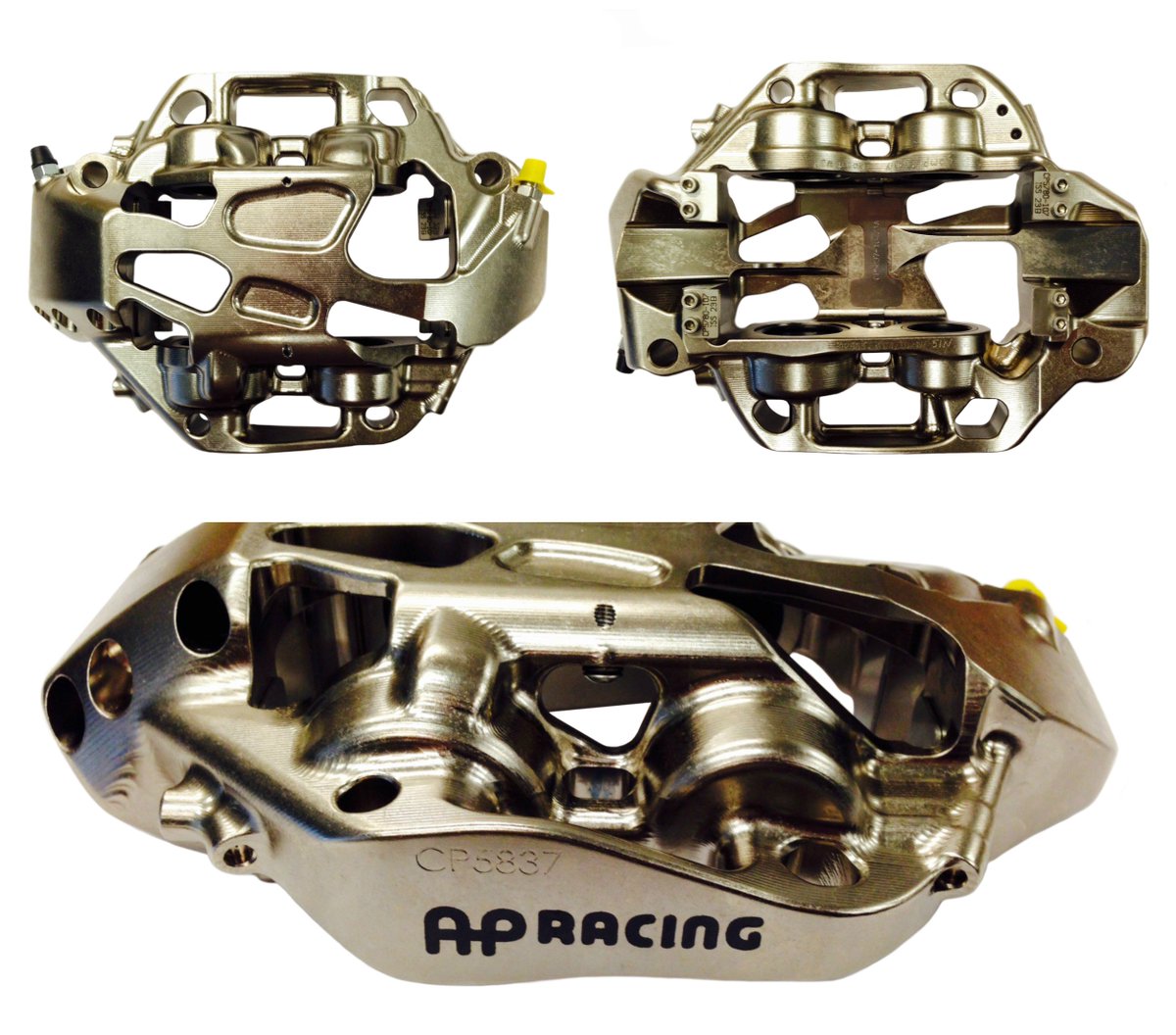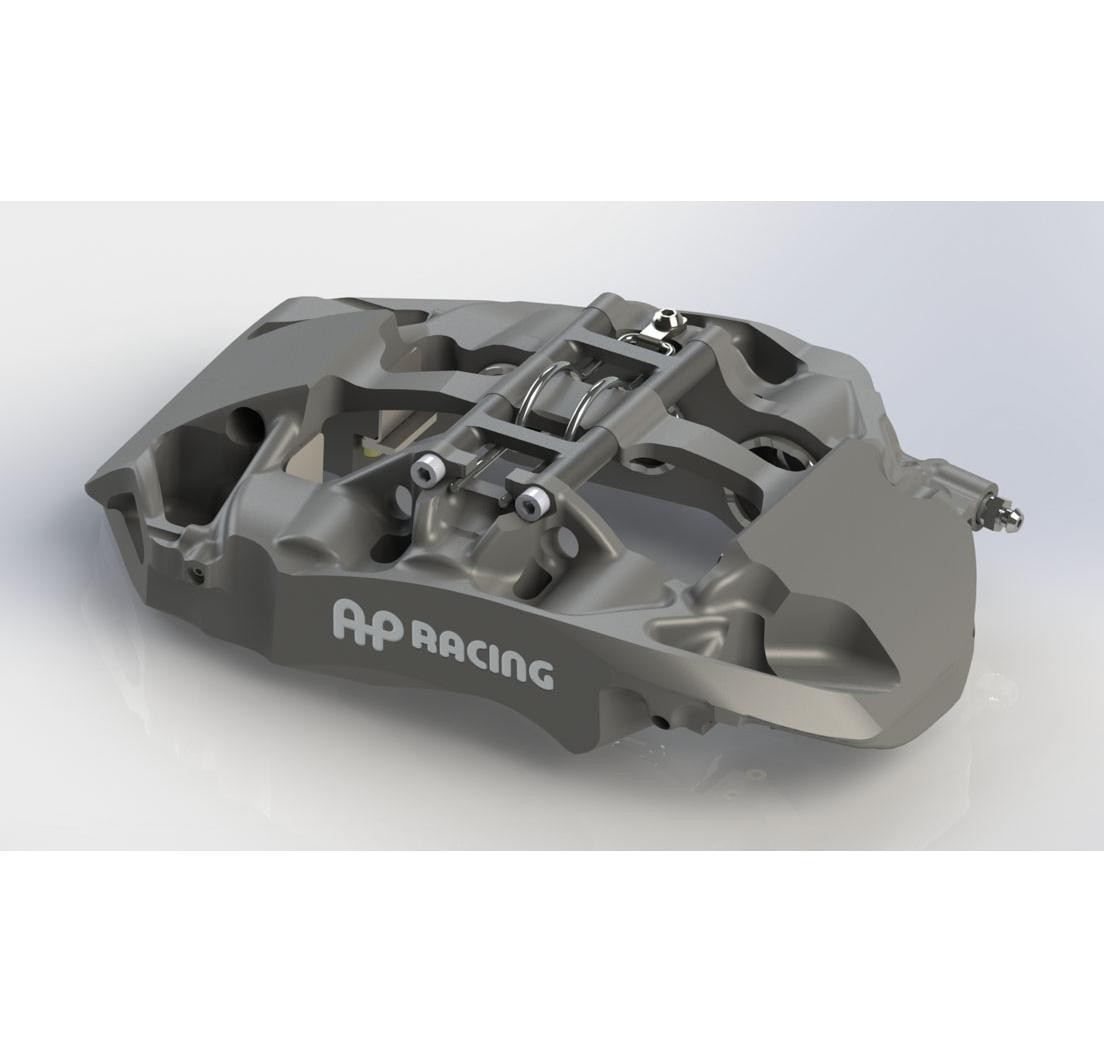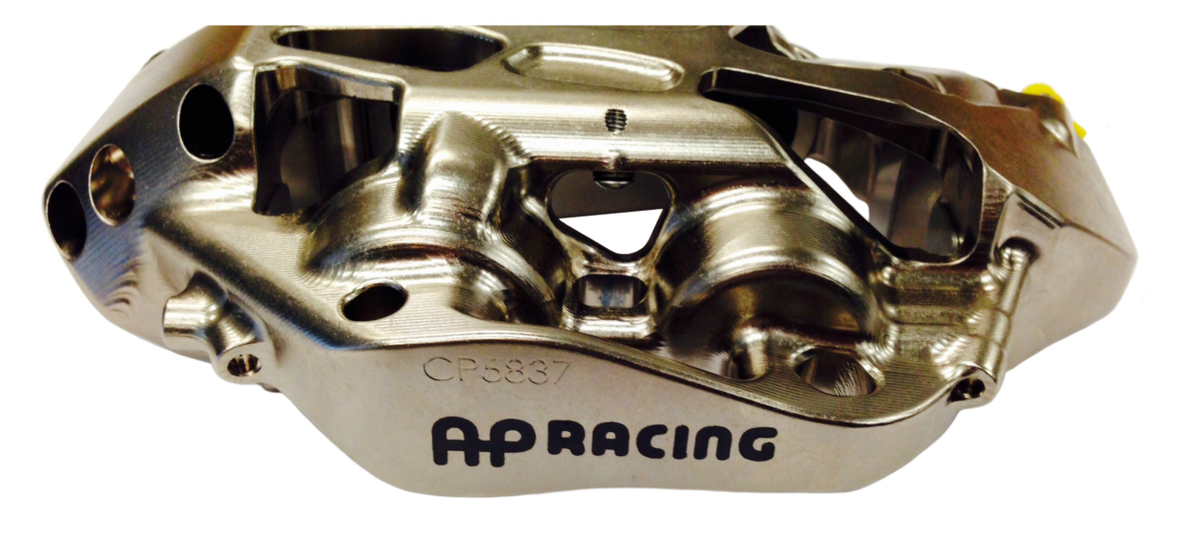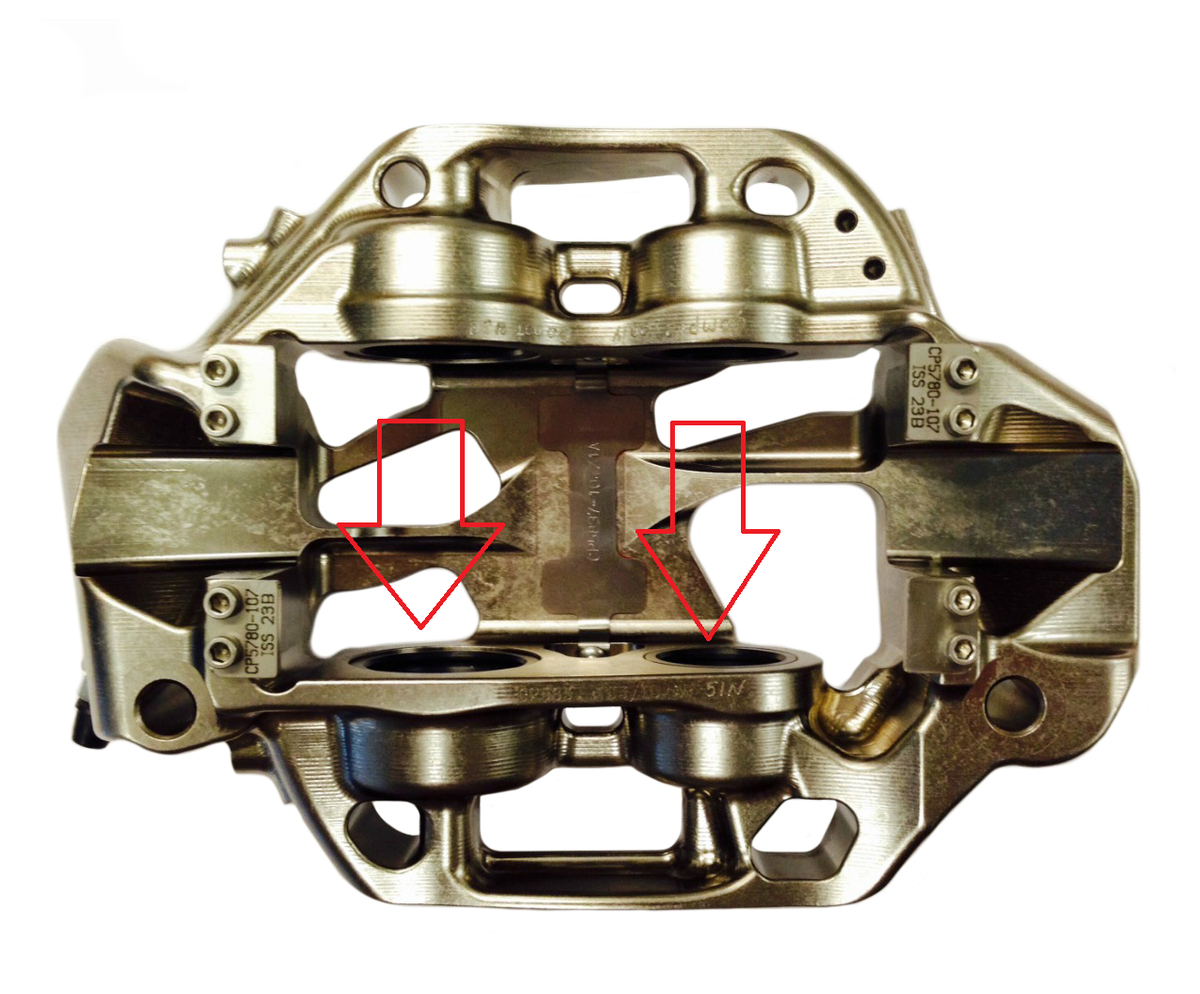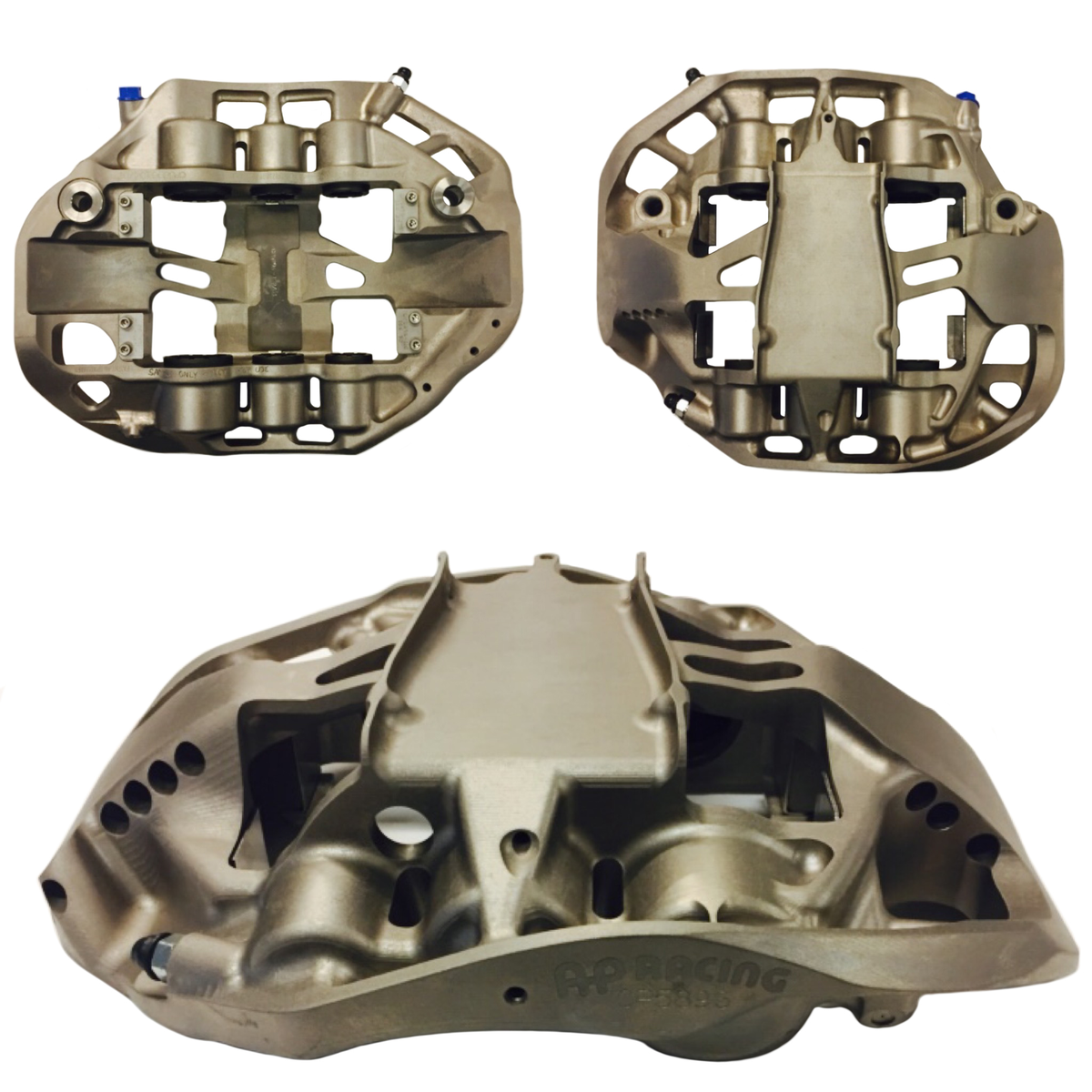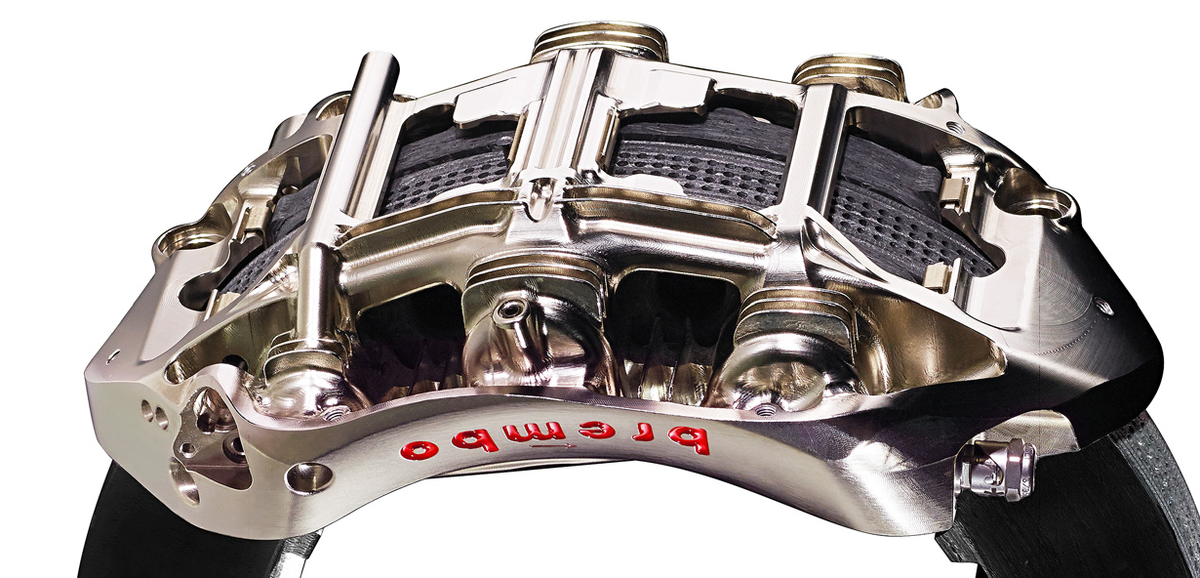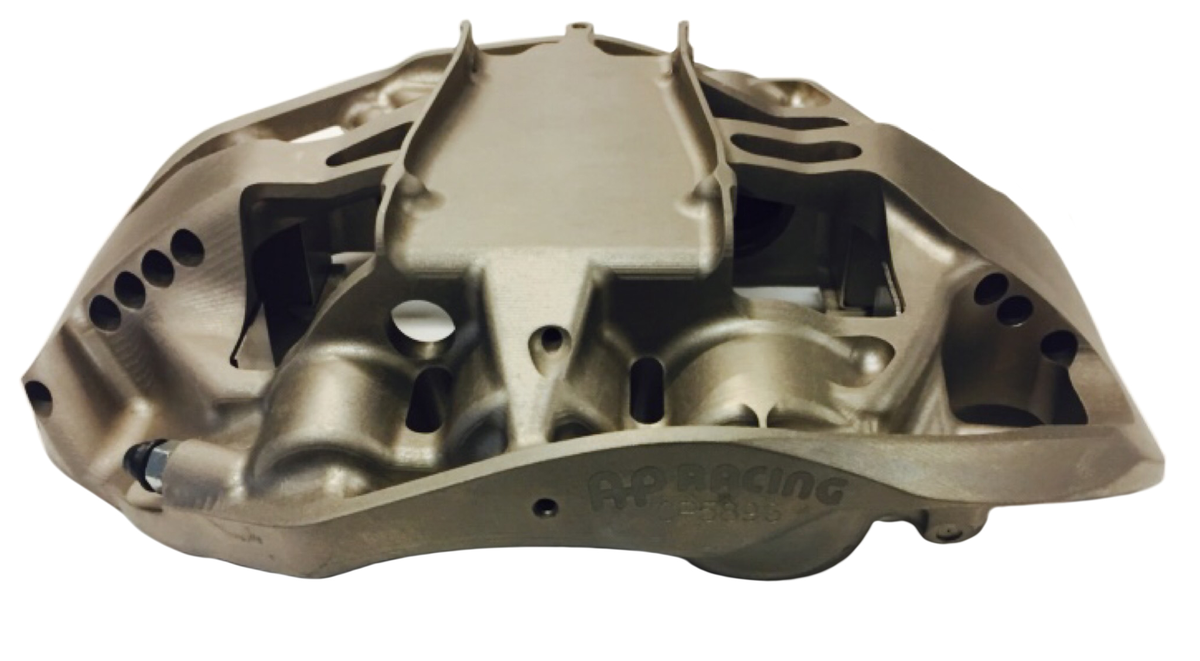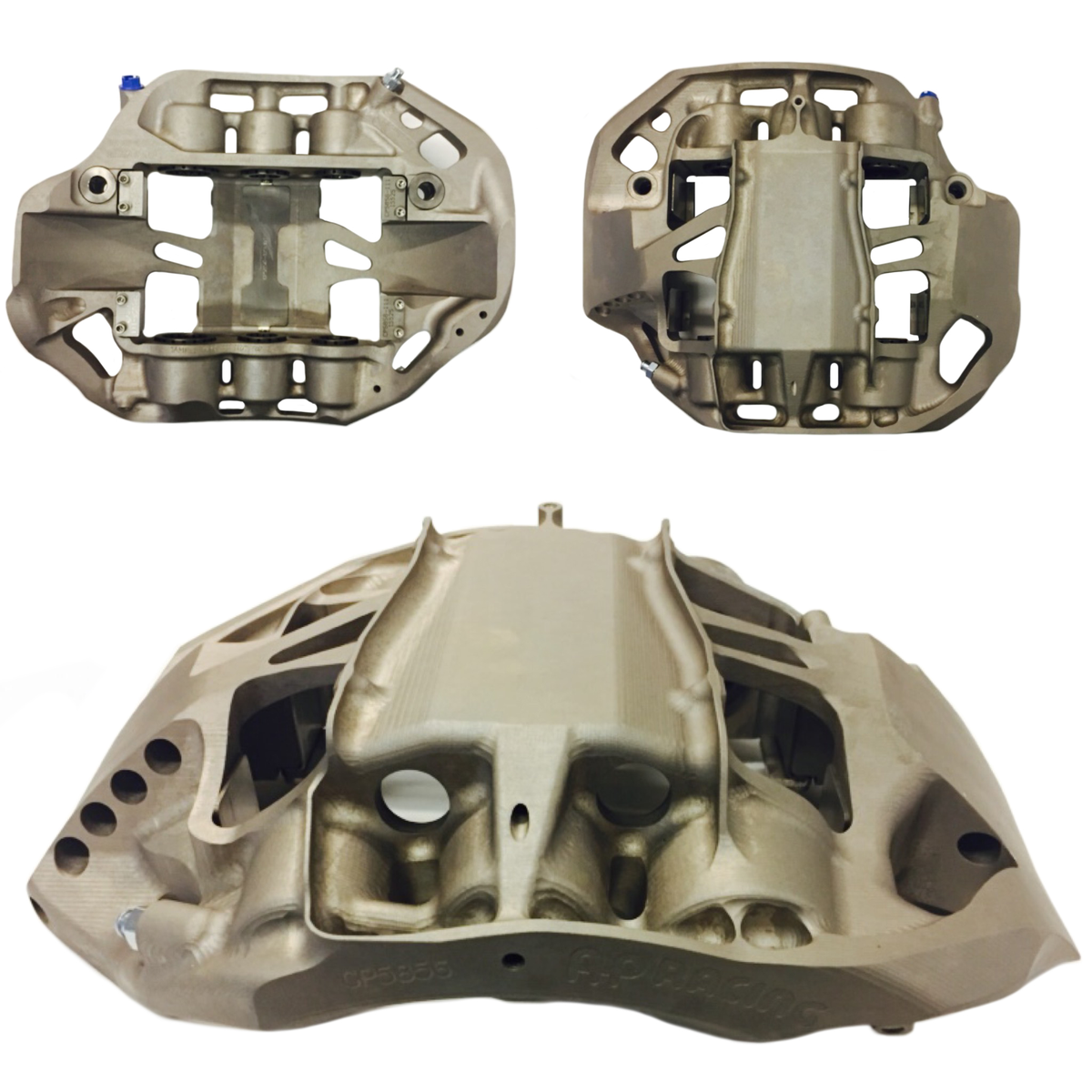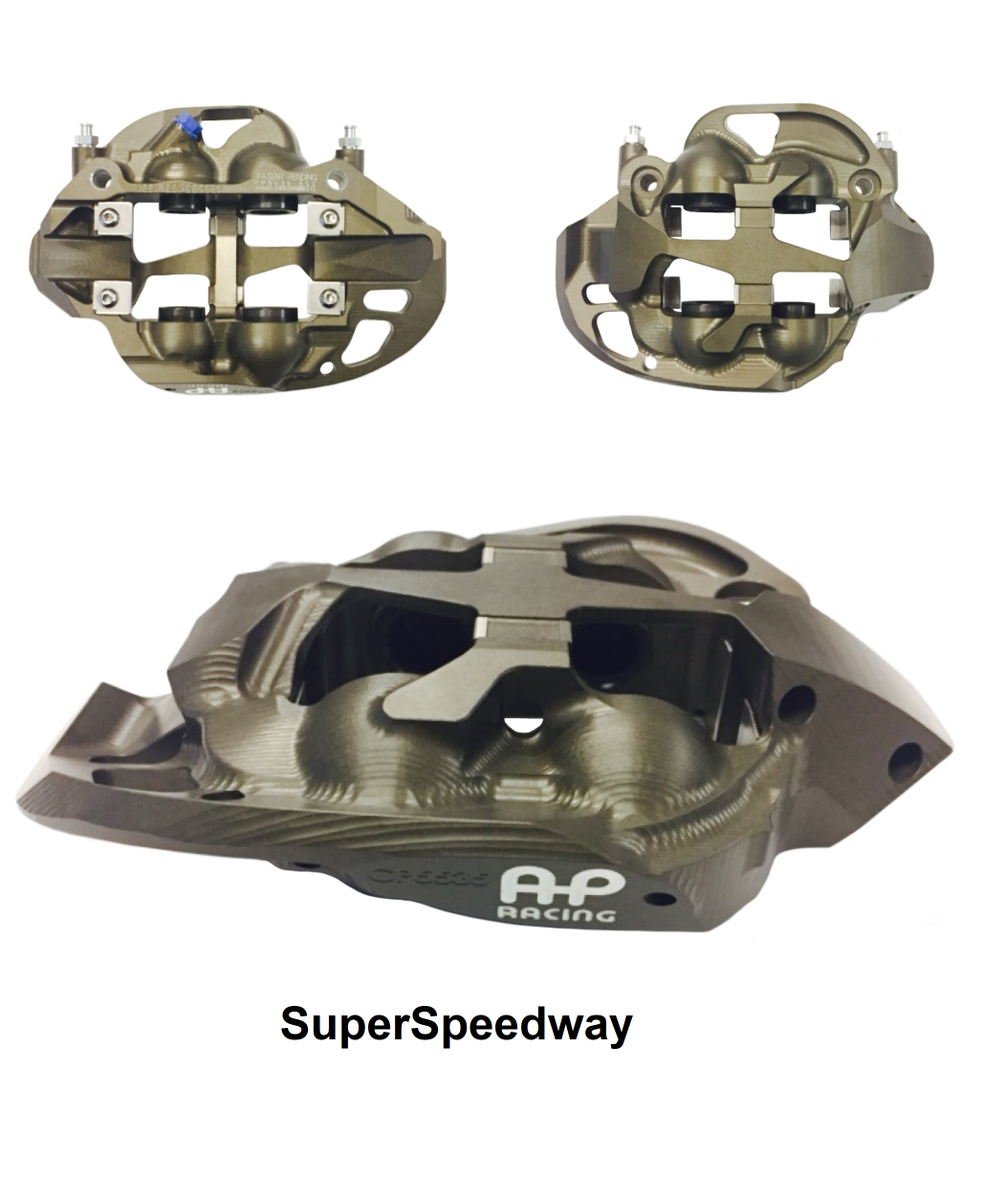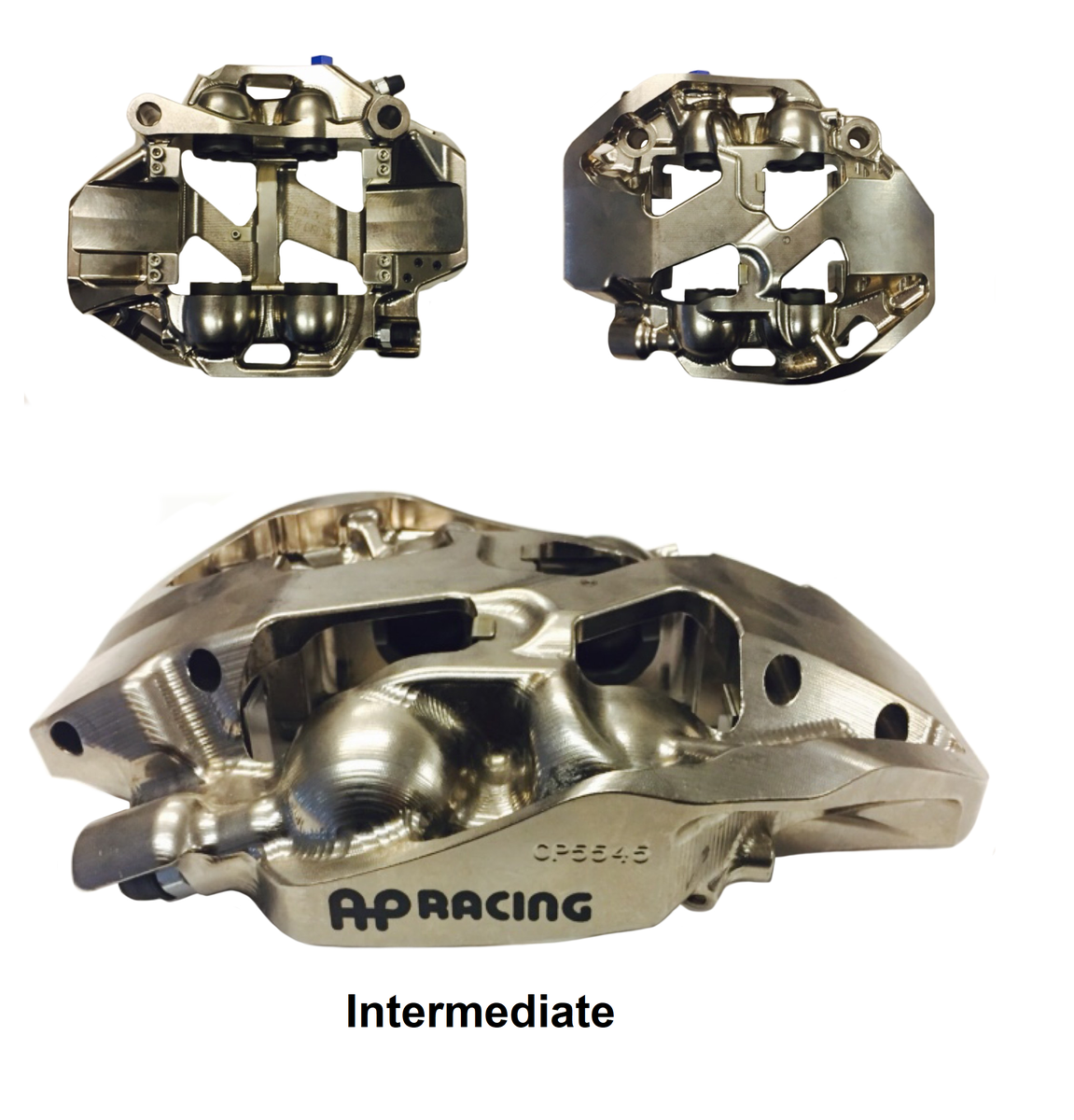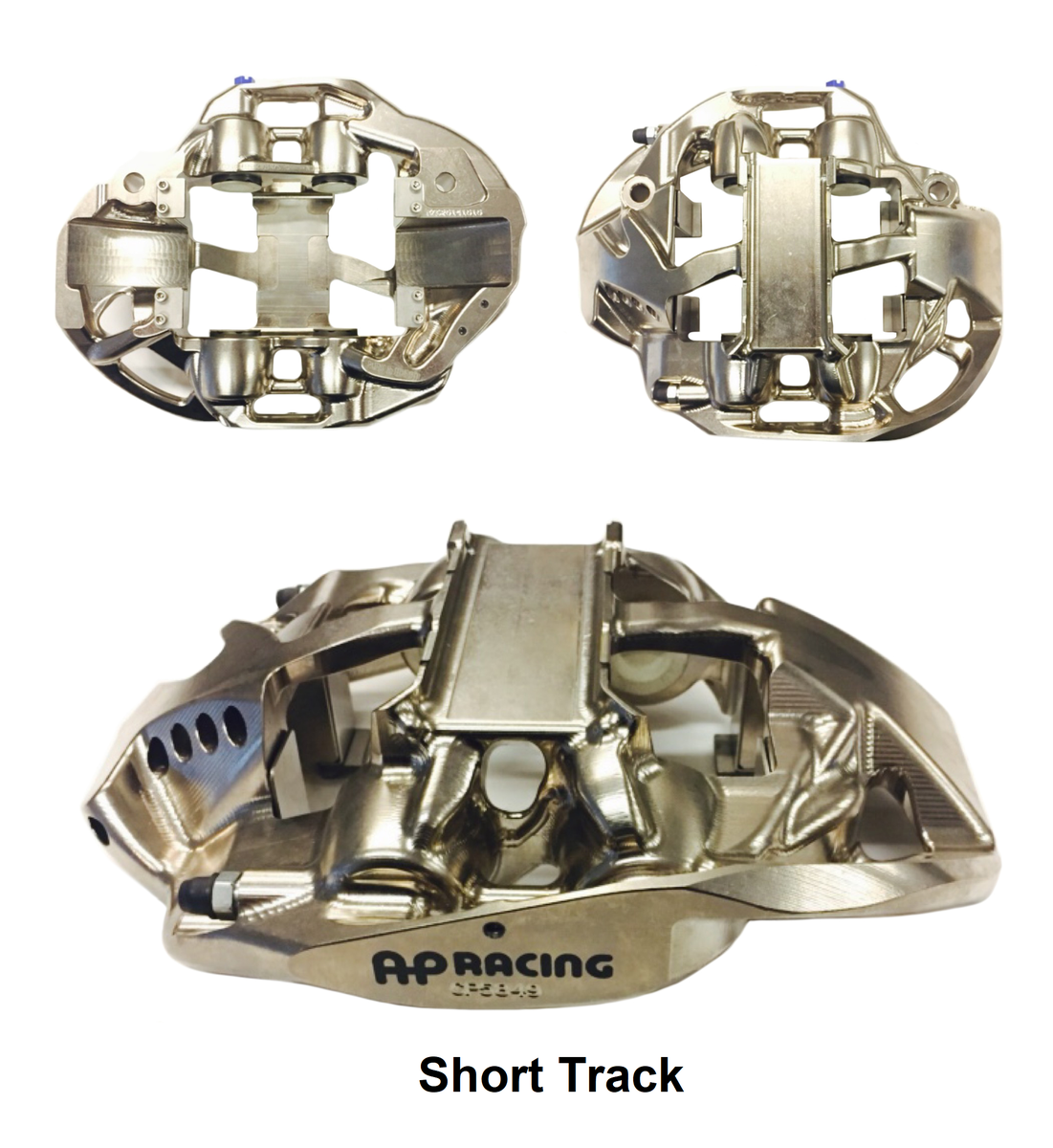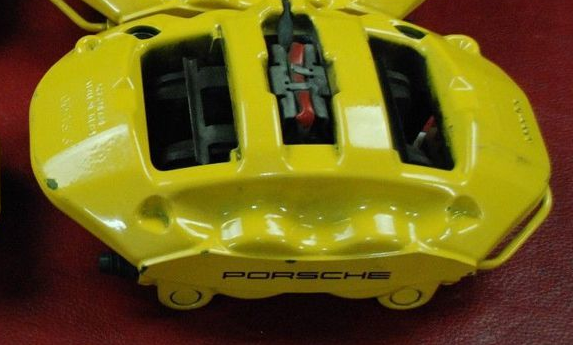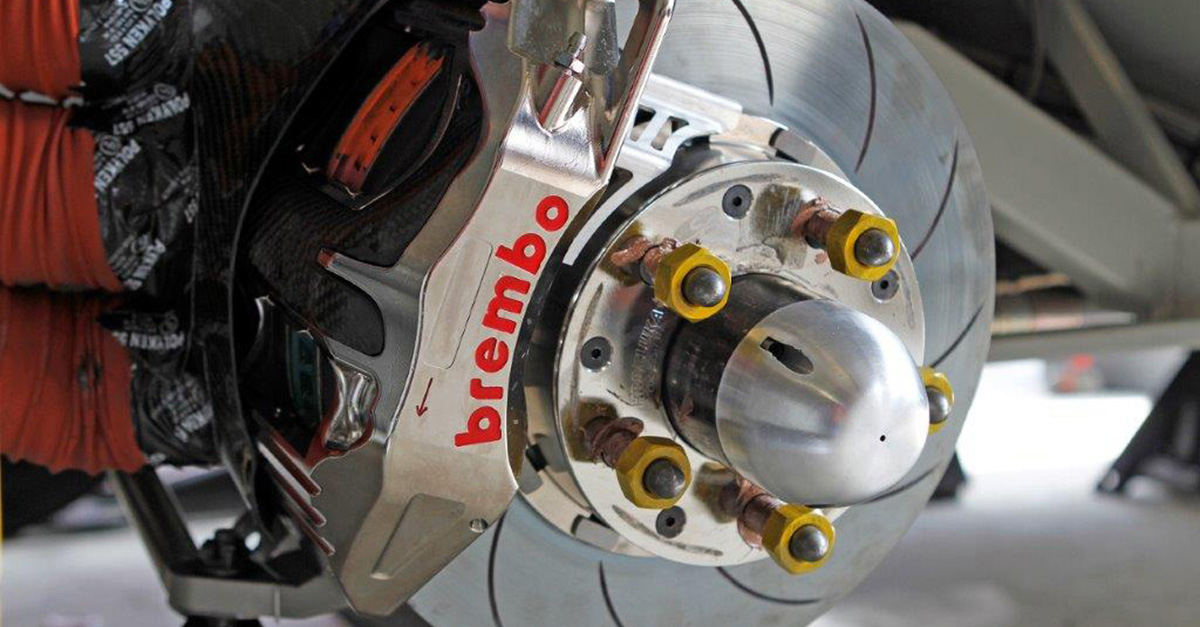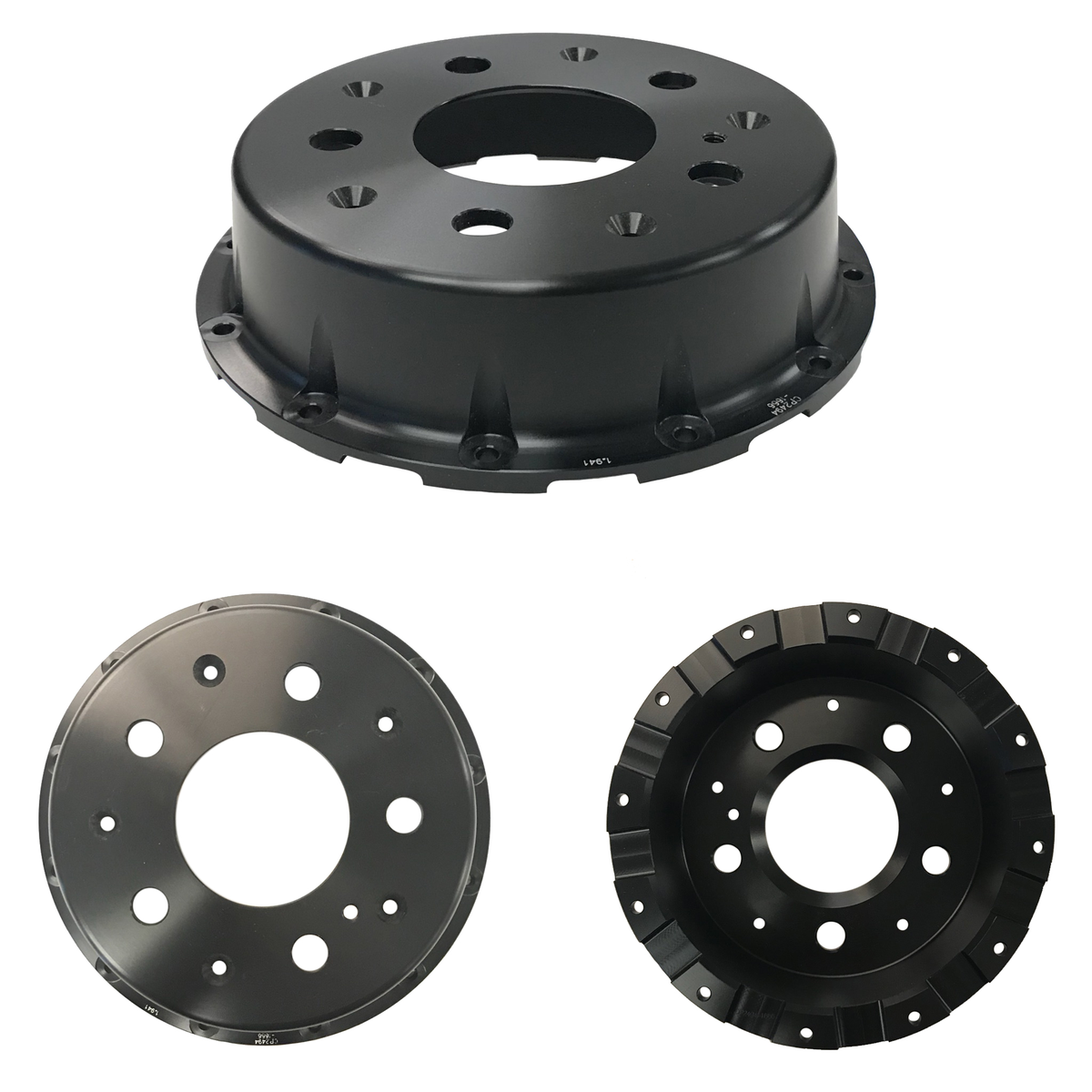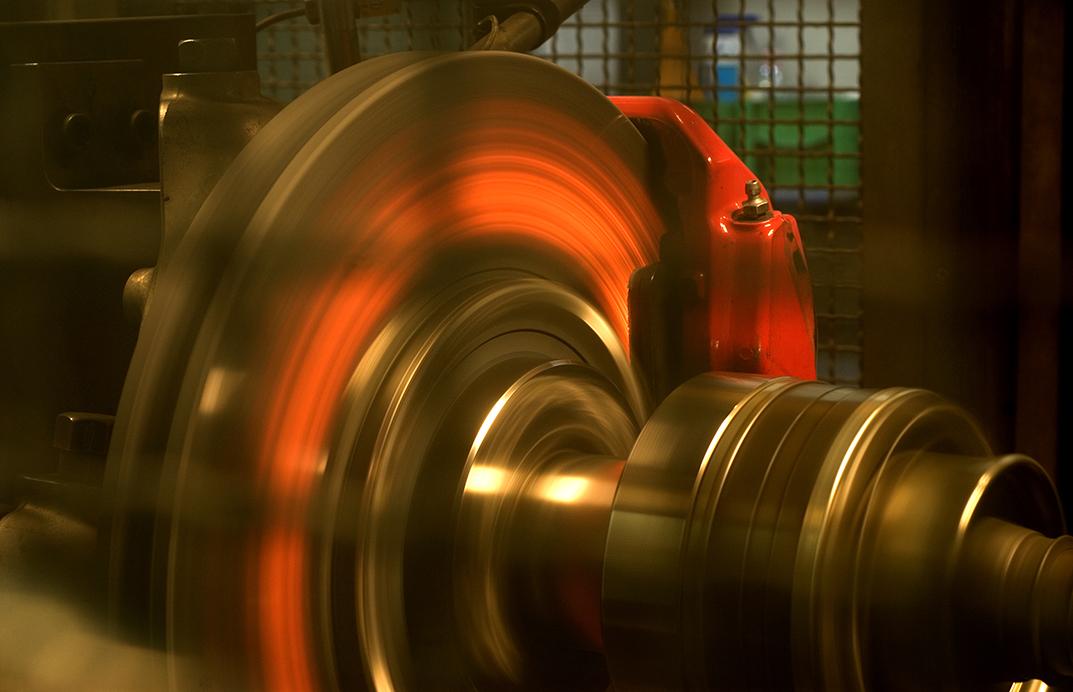There are 6 suppliers and dozens of different brake calipers listed in the NASCAR parts database.
I've never had good access to comparable pictures of brake calipers but now I can pull up different ones and show just how advanced the brakes are in NASCAR.
I've never had good access to comparable pictures of brake calipers but now I can pull up different ones and show just how advanced the brakes are in NASCAR.
Brake calipers in NASCAR are generally separated into three types.
Superspeedway (smallest)
Intermediate (medium size)
Short Track (biggest)
Superspeedway (smallest)
Intermediate (medium size)
Short Track (biggest)
This is a SuperSpeedway caliper from AP Racing/Essex. They are generally the smallest. You will noticed that there are a lot of machined areas to reduce weight.
They can be this smaller and thin because they are rarely used and often have to be warmed before a pit stop.
They can be this smaller and thin because they are rarely used and often have to be warmed before a pit stop.
If we put the GT3 caliper beside the NASCAR SuperSpeedway caliper, you will notice how much more machine work is done to the NASCAR caliper. This is because even the brake calipers are an aerodynamic device on a NASCAR stock car.
Funny you should say that because teams actually do 3D print brake calipers for certain things like aero tests. https://twitter.com/edgerwood/status/1285740950447427590?s=20
Because the brakes are rarely used in SuperSpeedway racing, these calipers often get the least attention but even so, there is still a lot of thought put into them.
SuperSpeedway brakes are used so little that teams will often push the pistons into the calipers during qualifying just to get that extra bit of drag reduction to make the car faster.
Things really start to get fun when we move the next size up with Intermediate track calipers. These are bigger and heavier than the SuperSpeedway brakes but even more focus is placed on aerodynamic. Just look at the front and how sculpted they are.
While Formula 1 does have very advanced brakes and they do optimize them for aerodynamics, they don't look nearly as aerodynamically advanced once you put them beside an NASCAR brake caliper and look at all the details.
The biggest type of brake caliper is the Short Track type which is also used for Road Course races. These are built bigger and stronger in order to be able to handle the heat of the short track braking which can often get up to
Formula 1 cars do about 940 braking sections during the Monaco GP.
NASCAR Cup cars do around 1,000 braking sections during 500 laps at Martinsville.
NASCAR Cup cars do around 1,000 braking sections during 500 laps at Martinsville.
There are reasons for each type of brake setup and much of it has to do with rules or weight but the main idea is to show that NASCAR does a high level of engineering. https://twitter.com/drgitlin/status/1285747262329692165?s=20
The rough weights of the rear calipers.
SuperSpeedway: 2.5-3 pounds
Intermediate: 3-3.5 pounds
Short Track: 4.5 pounds
For comparison, a rear caliper on a Porsche 911 street car weighs around 8 pounds.
SuperSpeedway: 2.5-3 pounds
Intermediate: 3-3.5 pounds
Short Track: 4.5 pounds
For comparison, a rear caliper on a Porsche 911 street car weighs around 8 pounds.
The uses for the calipers are not set in stone. With the current package at Intermediate tracks, many teams are using the smaller SuperSpeedway calipers as there is less braking due to drag and it is another area where they can save weight.
The calipers aren't the only things that are customized. The brake rotors or disc are different size for each type of track. They also have different vane designs internally and the external grooves can often be different to optimize for aero.
Those broke discs are made of cast iron and sit on top of aluminum hats. Those hats are also customized for various uses and have to be approved by NASCAR much like the other parts. This is a hat made by AP/ESSEX which produces the calipers above.

 Read on Twitter
Read on Twitter